What you can do
You’ve probably heard the saying, “think globally, act locally,” and that’s never truer than when it comes to climate change. It’s going to take a wide-ranging approach to tackle climate change in a manner that accelerates natural climate solutions, increasing thoughtfully designed renewable energy and conservation measures, and empowers people to take action at their homes, businesses, and communities.
Everyone can find their role in slowing down climate change.
In August 2019, Governor Tony Evers signed an executive order to formally set a statewide goal of 100% clean energy by 2050, and to establish an Office of Sustainability & Clean Energy within the Department of Administration.
It will take all of us, together, to invest in these changes to continue to save and protect the lands and waters, and our communities, we cherish.
Here are some ideas to get you started.
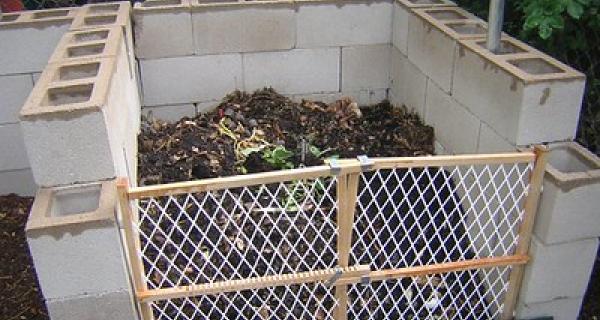
Composting
According to the [U.S.] Agriculture Department, each year Americans toss more than 25 percent, of all domestically produced food. A 2009 study showed that a quarter of U.S. water and 4 percent of U.S. oil consumption annually go into producing and distributing food that ultimately ends up in landfills.
Compost food waste if you can. When food is thrown out it releases methane, a powerful heat-trapping climate change gas that accelerates the warming of the planet. In addition, compost is a great way to enrich your garden’s soils and help with water absorption. If you live in a more urban location, check out the efforts to create a village or urban compost pick-up program. Additional information can be found here.
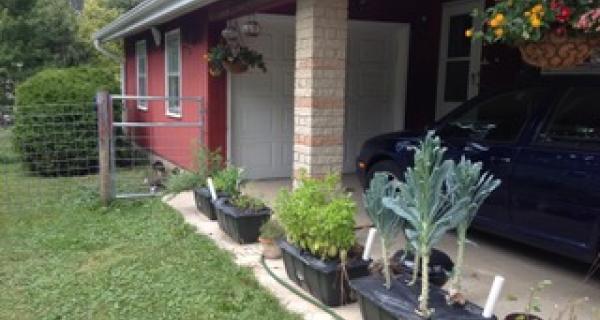
Grow your own food and buy locally
Whether raised beds, or large in-ground garden areas, growing your own food helps reduce transportation costs and the burning of fossil fuels. Likewise, purchasing locally grown food reinvests in our communities, supporting farmers who are increasingly turning to carbon capturing farming practices.
There’s growing interest in the agricultural community about “carbon farming” too. Farmers are using practices that help to capture carbon pollution from the atmosphere in the soils, thus helping to slow down climate change.
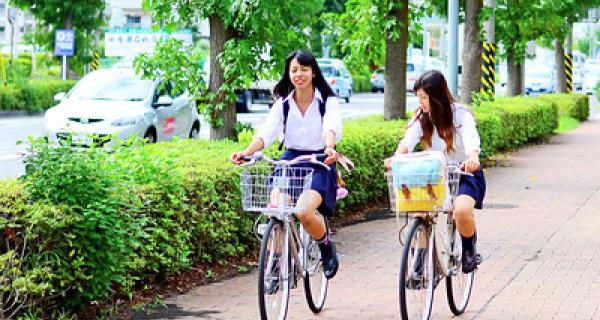
Reduce your own carbon footprint
There are a lot of ways you can reduce your climate impact—and often it’s good for your health and the lands and waters you love, too. Check out this carbon-footprint calculator by The Nature Conservancy, for ideas to get started.
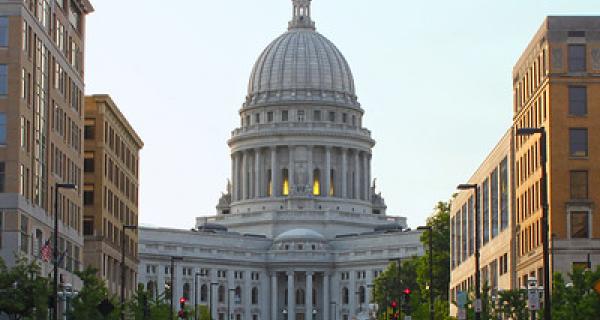
Support local, state and national policies to slow down climate change
National policy can leverage nature to address climate change while benefiting farmers, foresters and more. The Nature Conservancy and American Farmland Trust makes it clear: American farmers, ranchers and forest owners are on the front lines of climate change. Natural solutions through habitat protection and restoration and climate-smart practices on working lands can provide one-fifth of the emissions reductions needed to reach our climate goals.
Together with a transition to clean energy, these actions will create a more sustainable and resilient future. We need you to be part of that change in your community, as well as at the broader level.
Support your local land trust
Land conservation can contribute up to 21% of the greenhouse gas reduction needed by 2030. You can support your local land trust by volunteering, becoming a member, or making a donation or planned gift. Your support helps us to conserve important lands and manage lands we own in a manner that enhances climate resilience and slows climate change down.
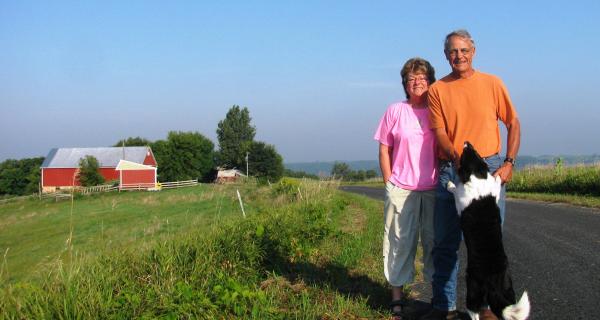
Conserve your land
Not everyone has land to conserve, but if you do, it’s a great way to be part of the climate change solution. Natural climate solutions (wetlands, prairies, forests/woodlands and farmland) could reduce as much as 21% of the climate change emissions in the U.S. We need to protect these lands and manage them to absorb, and retain, carbon dioxide, methane, and other greenhouse gases. In so doing, they will also help absorb water and provide for wildlife habitat and local food.
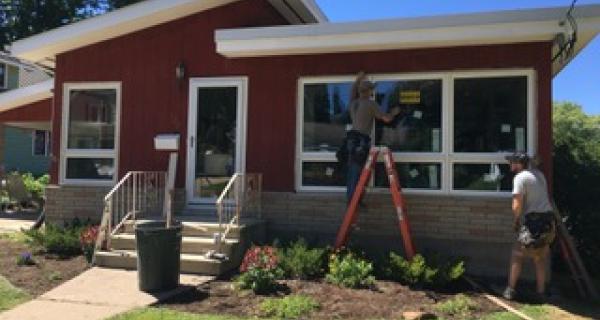
Increase your home's energy efficiency
The burning of fossil fuels is the number one driver of climate change. You can help by making your home more energy efficient. One great option is to replace your old furnace and air conditioner with a heat pump or a dual-fuel system. Here's one homeowner's experience and what she learned.
To find out more, and how you can be part of this effort in an affordable way, check out Wisconsin Public Service’s website for rebates, incentives and programs.
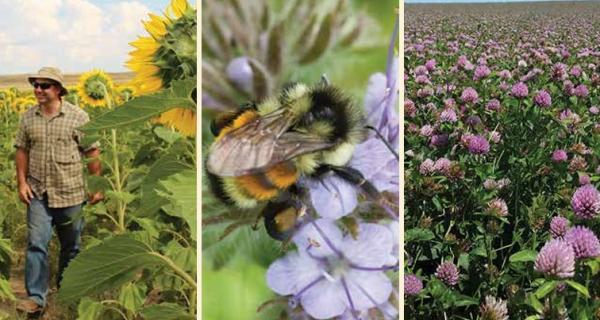
Grow cover crops
With over 10 million acres of fields planted with cover crops already, it is clear that we are on the right track to improving soil health while giving the pollinators a boost. Cover crops not only help control erosion and improve soil health, but they also help control weeds and could provide a source of extra income when part of a double-crop system.
Sustainable Agriculture Research & Education (SARE), Xerces and the USDA teamed up to write a great article on this topic which discusses plant selection, the ecology of cover crops, and the benefits and limitations of cover crops. They included a very useful chart which rates the benefit of each cover crop to beneficial insects, wild bees, and honey bees. Learn more here.
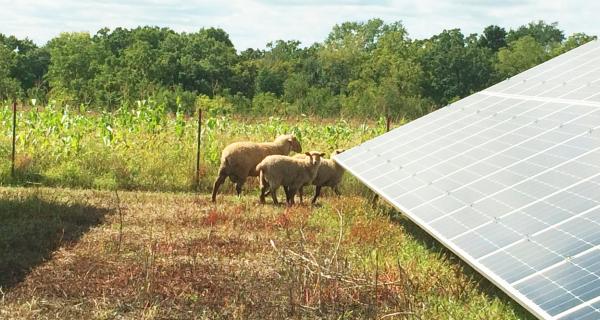
Support renewable energy
Research is showing that that dual-use compatible solar can actually benefit farms, improve soil and water conditions, and allow for grazing or crop production; for many farmers it can also offer a base-level of income to help them keep their farms during economic downturns.
We know, given that urgency of climate change and the need to reduce the use of fossil fuels to save wildlife habitat and farms, that we will need to use more renewable energy. Community solar farms that are constructed to allow for agriculture or wildlife to be part of their design is something we think is important to explore. Farmers are looking for ways to enhance soils and water retention, while increasing farm viability, and well-designed solar can do just that.
Well-sited wind turbines will be part of the collective effort to slow climate change down. New technology and research undertaken and reviewed by the scientific community is documenting that windmills are far less of an impact on birds than domesticated and feral cats, pesticides, oil spills and oil rigs, nuclear power, and window collisions. Sibley Guides for Birds has developed a graphic depicting the estimated annual mortality of birds by different causes. In addition, new approaches to siting and wind technology are reducing their impacts on local habitat. We must demand such practices.